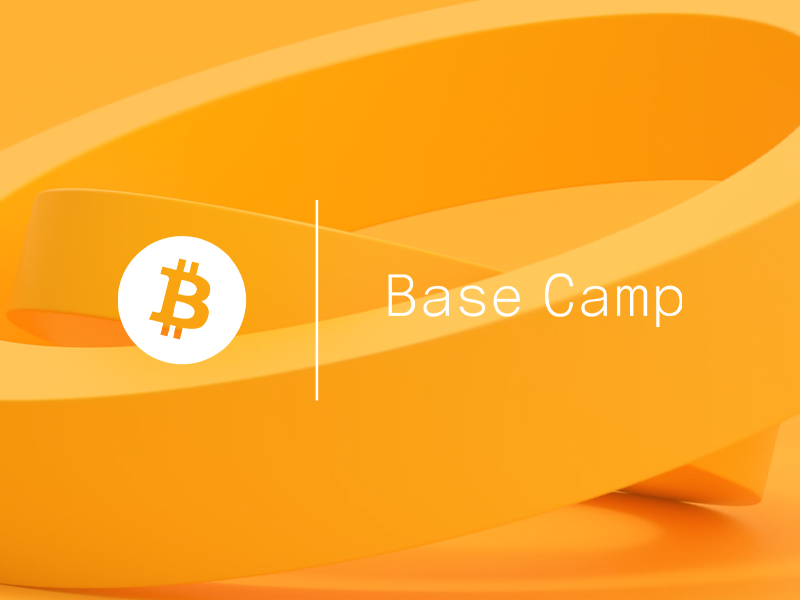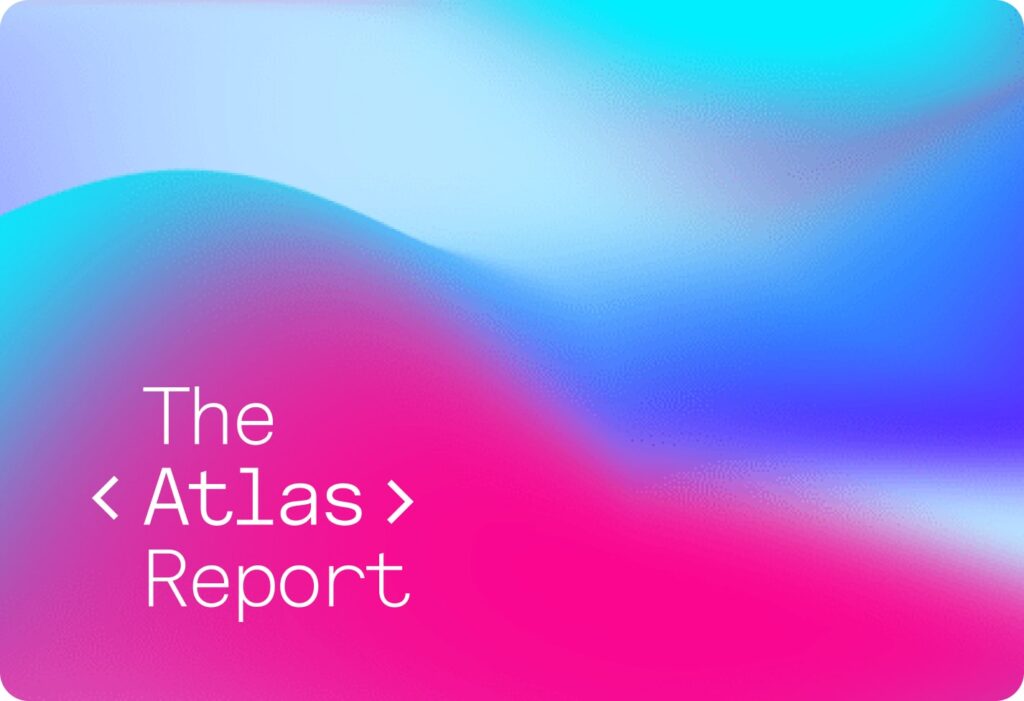Building upon Qualitative Components
As discussed in Part 1 and Part 2 of our Token Value Series, there are multiple components that make up the perceived value of capital assets. The previous article looked at the qualitative components, which cover the ‘intangible’ aspects of token value. This includes aspects of community , narrative and token utility.
This third part will look at which quantitative components contribute to perceived value of capital assets. Combining a mixture of qualitative and quantitative components will help explain why a token or protocol is potentially valued the way it is. Both aspects are equally important and deserve the same attention by founders looking to build a successful Web3 business.
Quantitative Components
Data driven asset valuation has become a standard valuation method in the traditional finance system. Whether this is achieved through a comparison of similar companies’ price to earnings ratio (P/E), conducting discounted cash flow analysis (DCF), earnings per share (EPS) or any of the popular alternative methods of quantitative analysis.
In the Web3 space, this sort of analysis is not as common. Prior to the technological advancements in smart contracts that allowed DeFi, NFTs, and thousands of other applications to be built on-chain, the quantitative data points were limited to network usage via token transfers and fees paid to miners or stakers. Now, as the market has progressed and there are real businesses generating real revenue, the data to conduct quantitative analysis is available and this component of token value will become a greater focus for investors.
The following quantitative components of token value can be used as some of the building blocks when researching what gives a token value;
Total Value Locked (TVL)
Total value locked is currently one of the standard metrics for determining the value of a protocol. Predominantly applicable to the DeFi space, this metric takes into account the total value of all the crypto assets locked into a platform. This could be assets lent into a lending pool on Aave or deposited into a liquidity pool on Uniswap.
TVL is generally an indication of Product Market Fit (PMF), where the protocols with the largest total volume locked in them are the most trusted in terms of a security standpoint, and the most used. This is due to the fact that liquidity flows to where it is utilised most, as this is what generates liquidity providers fees.
A useful resource for researching the current TVL of protocols is DeFi Llama.
Amount of users
The amount of users of a particular product or protocol can be used to derive adoption rates and PMF of that protocol. This data can be utilised within a greater thesis, along with other metrics to determine whether the product has found increased adoption in comparison to its competitors. The amount of users a protocol has can be found on Token Terminal.
Revenues
Revenues are defined by Token Terminal as “Fees generated to the token holders”. This revenue is derived from the fees generated via the usage of the platform and then captured by the company. The revenue associated with a particular company is the remainder of the revenues that the company (or token) captures as profits. This revenue is not to be confused with the fees (sales) that we will look at below in the P/S ratio. Revenues are the remaining profits that accrue to the company after the fees that may be paid to different stakeholders have been deducted. For example, the revenues that are captured by an AMM after the liquidity providers have been given their portion of the trading fees.
By monitoring company revenues, this allows you to determine if that company is a profitable revenue generating business and whether the token captures value from the operations of that business. These profits may, or may not be captured by the token, depending on the token value capture mechanisms utilised in its design. Due to the complexity of value accrual mechanisms for each company, it is imperative to understand how the token aims to capture the value generated by the company as there is no standard approach to token value capture.
Market Cap/Total Value Locked (MC/TVL)
Assessing like companies by dividing their fully diluted market capitalization by the total value locked on the platform allows an assessment to be made on the ratio of those two metrics. This ratio, when compared to competitors in a similar industry can be used to determine the value of the companies in comparison to their competitors.
Price/Sales (P/S)
The price to sales ratio is a metric derived on Token Terminal from their company data. This ratio is calculated by dividing the fully diluted market cap with the annualised revenues. This
ratio shows how a project is valued in relation to its revenues generated, which can then be compared to other web3 companies.
Price/Fees (P/F)
Similarly to the P/S ratio, the price to fees ratio or P/F is calculated by dividing the fully diluted market cap by the annualised fees generated by that company. These fees may be used to pay stakeholders of that company that allow it to function, like liquidity providers on an AMM. This ratio shows how a project is valued in relation to the fees generated, which can be compared to companies in the same industry.
Discounted Cash Flow (DCF)
DCF is a method of evaluating an investment based on its future cash flows and attempts to predict how much an investment is worth today based on the return in the future. There has been little evidence of this common equity valuation analysis being used on cryptocurrencies due to their lack of historical data, volatile nature and extreme risk associated with this new technology.
The traditional formula for DCF is:
DCF = CF11+r1+CF21+r2+CF31+r3+ … +CFn1+rn
Where:
CF1= The cash flow for year one
CF2 = The cash flow for year two
CF3 = The cash flow for year three
CFn = The cash flow for additional years
r = The discount rate
Discounted cash flow uses a discount rate r to determine whether the future cash flows of an investment are worth investing in or whether a project is worth pursuing. Historically, when completing DCF on an immature and early stage company one must discount that future cash flow to be in line with the risks associated with investing in early stage start-ups which is achieved by discounting the future cash flows by anywhere from 25% to 50%.
Companies in the Web3 space, and particularly tokens, have many nuances in their monetary policies, the traditional formula is not a perfect fit for conducting a DCF on crypto tokens. Now that data sources such as Token Terminal make the data readily available, we will begin to see more traditional methods be adapted and modified to better analyse the web3 space.
What this means for founders
Quantitative data points, when analysed in isolation, only have limited use, but they become more powerful as you blend them together. However, the art is to weigh each of the factors the right way for the corresponding market conditions, along with integrating the qualitative components mentioned in the previous article.
As with most cases of assigning value to something, much of the value is down to personal perspective and personal bias. Some investors may value revenue distributing companies, while others value governance over industry bluechips. There is no right or wrong answer to this question and all of the tools listed in this article are just that; tools that may be used by investors to assess and value a company or token.
As a founder, this information is necessary to understand as it shapes the story you tell to investors and your community. By combining qualitative and quantitative data, you can show investors why your company and products are valuable, run your marketing initiatives around this data, and create a compelling narrative.



